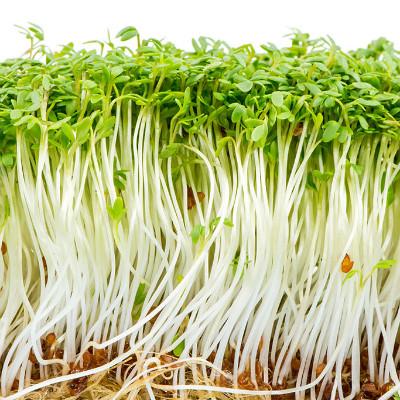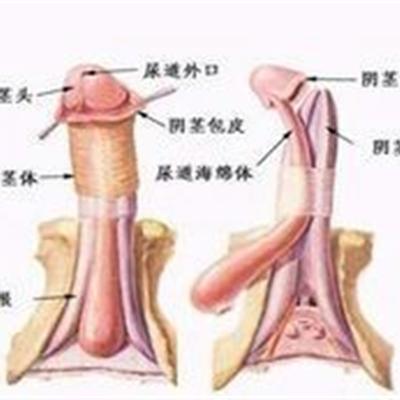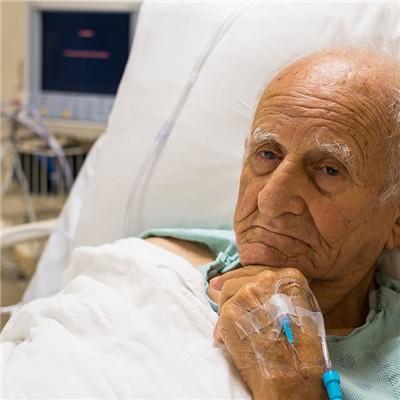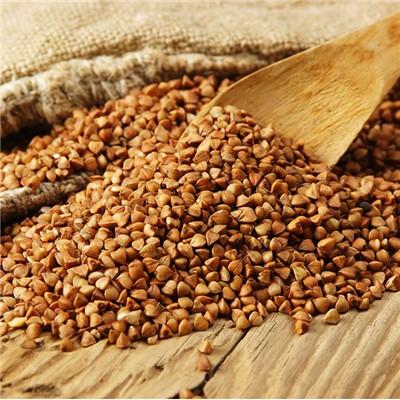How is infection inflamed treated?
summary
There are two kinds of fungal infection: superficial infection and deep infection. Patients often feel extremely itchy and have no way to take it. It not only affects the mood, but also affects the external image. Skin fungal infection may be parasitic in the human scalp or nails, or it may be a private part. Some patients because of skin fungal infection and depressed, trying to treat. So, how is infection inflamed treated?? Let's talk about it
How is infection inflamed treated?
In addition to tinea capitis and onychomycosis, most fungal infection symptoms are mild, commonly used antifungal cream treatment. Many effective antifungal creams can be purchased in pharmacies without prescription. Generally, antifungal powder is not used. The active components of antifungal drugs are miconazole, clotrimazole, Econazole and ketoconazole.
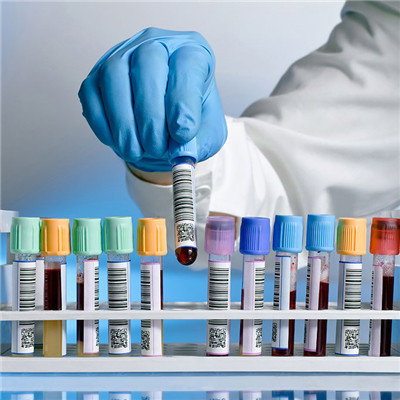
Antifungal cream is effective only after a few days of use, during which corticosteroid cream can be used to relieve itching and pain. Low dose of hydrocortisone cream can be used in the market, and higher concentration of hydrocortisone needs a doctor's prescription.
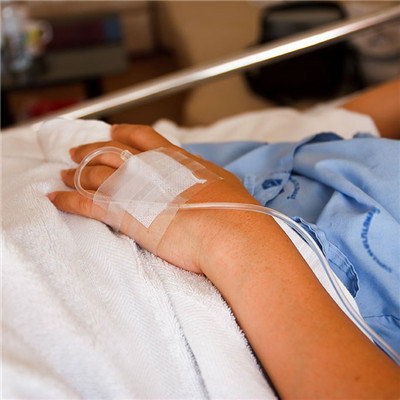
Severe or refractory infections can be treated with griseofulvin for several months, sometimes with antifungal cream. Oral administration of griseofulvin is very effective, but can cause side effects such as headache, gastrointestinal dysfunction, photosensitivity, edema and leukopenia. Infection may recur after discontinuation of griseofulvin. Skin fungal infection can also be treated with ketoconazole. Like griseofulvin, oral ketoconazole has serious side effects, including liver damage.
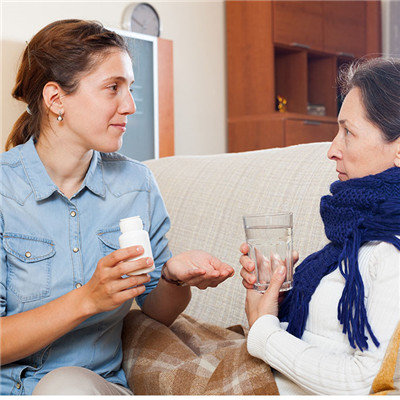
matters needing attention
Keeping the infected area clean and dry helps to inhibit fungal reproduction and promote skin healing. The infected area should be washed with soap and water frequently, and then sprinkled with talcum powder after drying. Avoid powder containing corn flour because it promotes fungal growth.


